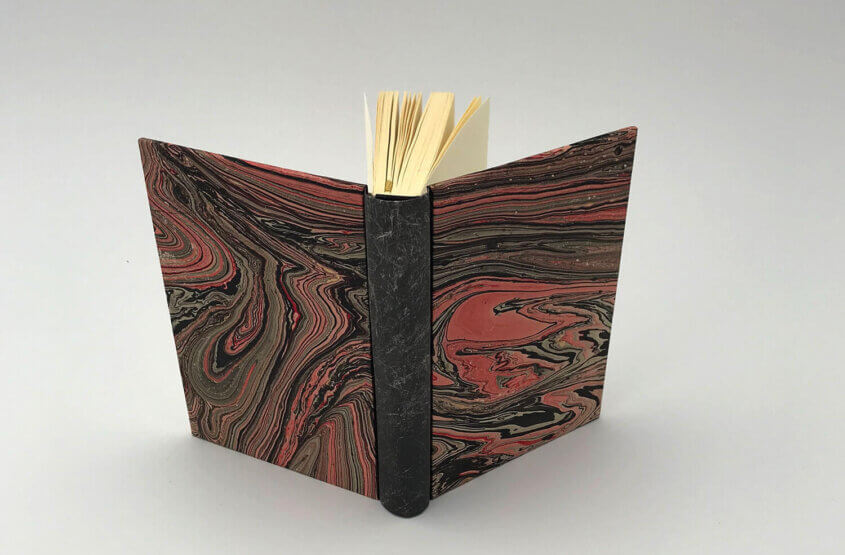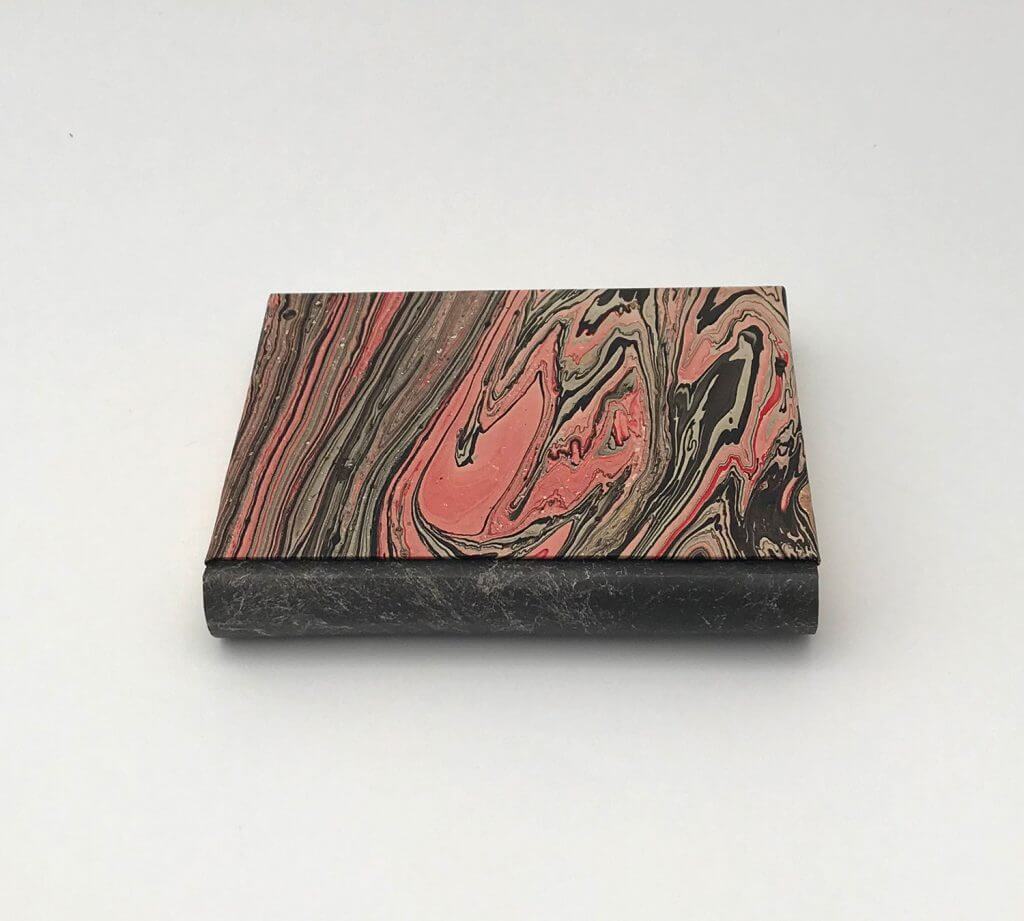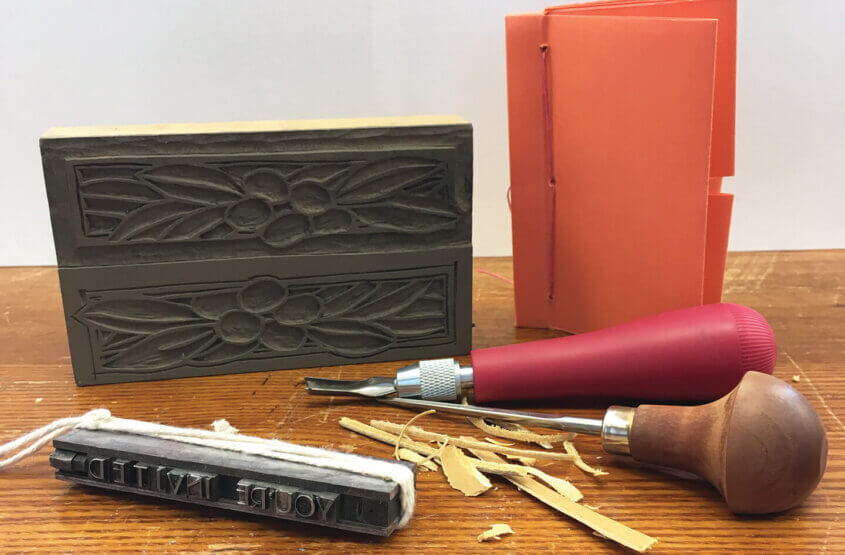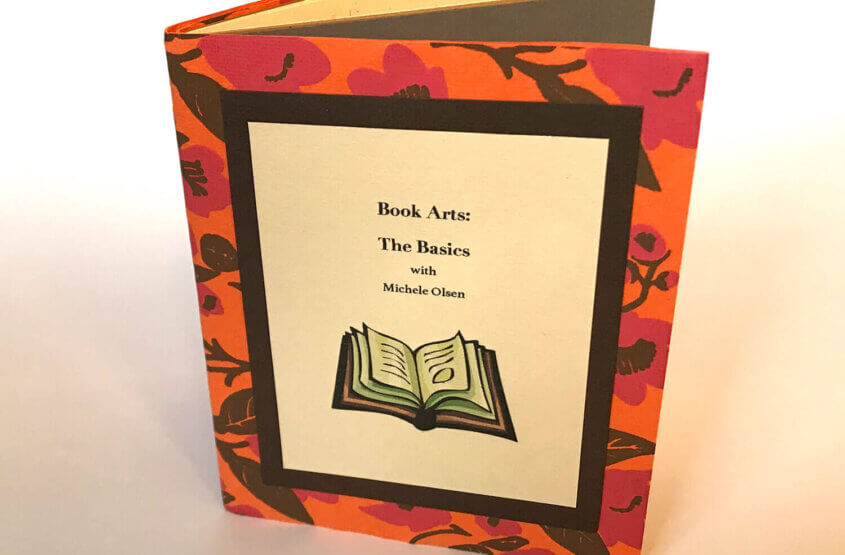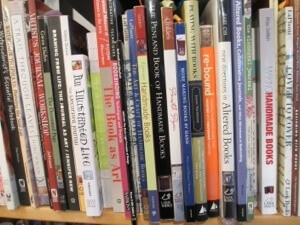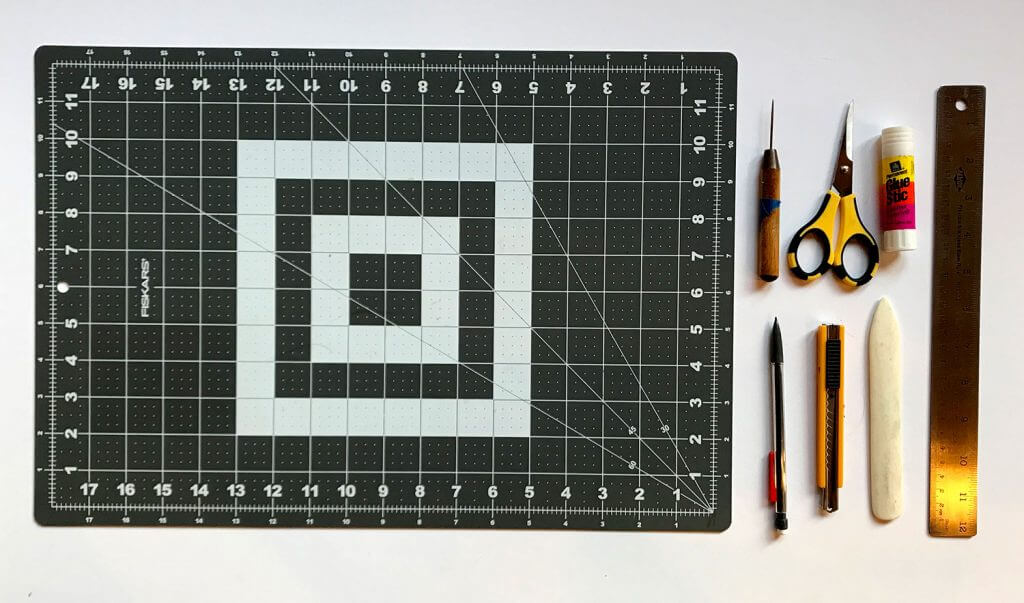This elegant binding gives the book artist a chance to create a colorful cover and rounded spine. Students will decorate the Tyvek spine and create two headbands for their book. . The text block will be provided and is a pre-sewn yearly calendar (see below).
When: Tuesday, February 13 & Thursday, February 15, 2018, 1:00 pm – 4:00 pm.
Where: Humboldt Bay Aquatic Center, Eureka
Materials:Basic Toolkit: Metal ruler, cutting mat, small utility knife with replaceable blades, small scissors, bone folder, sharp pencil, and PVA adhesive (if you have it), and glue brush, heavy book or brick, scrap papers.. Optional: metal rules, metal square. Instructor will be providing the text block, boards, spine materials, and decorative papers If you would like to bring your own papers for the covers, bring two pieces at least 5″ x 7″ (to be recut).
Register Here:Osher Lifelong Learning Institute

